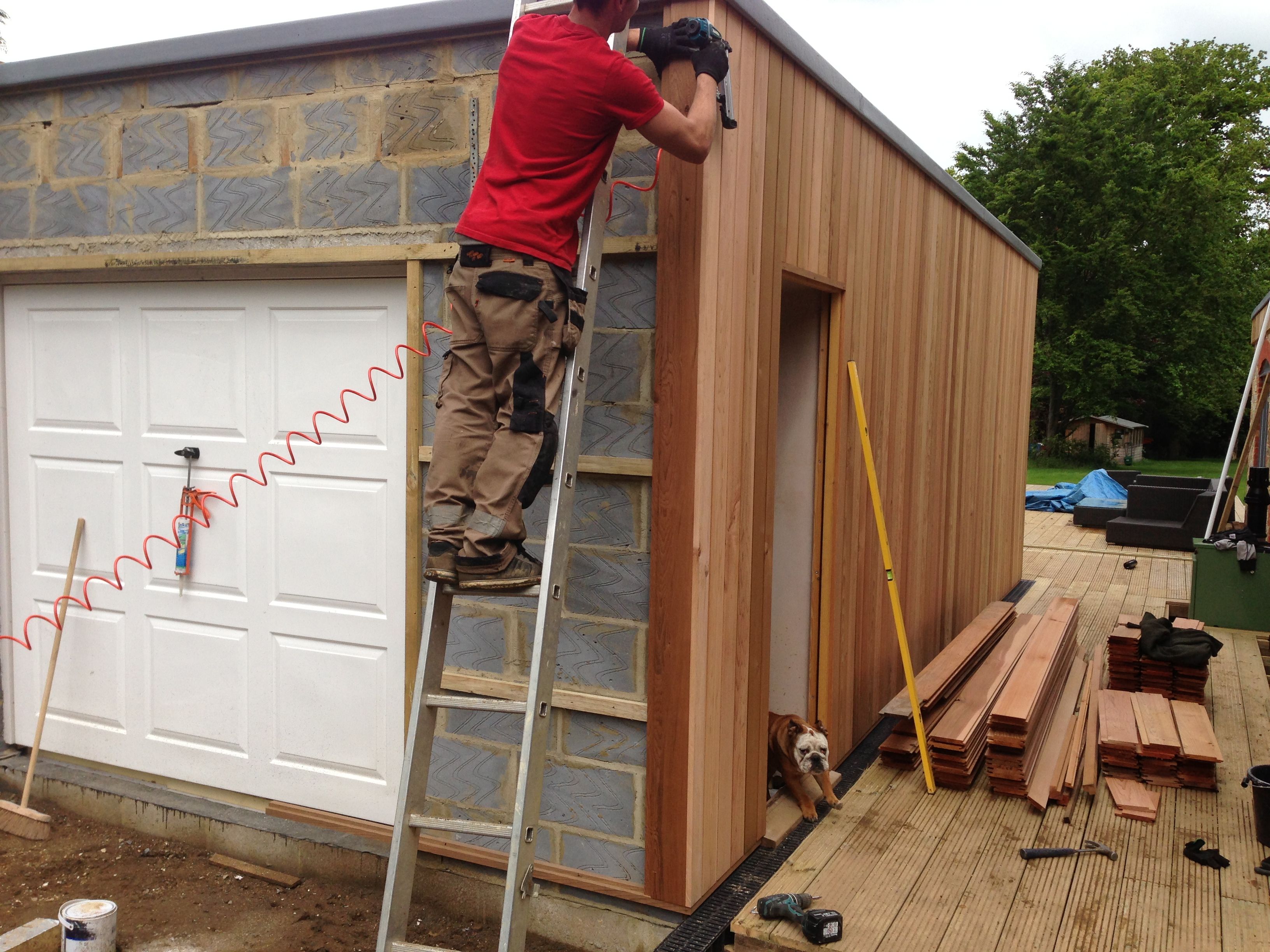Shed Against Retaining Wall

The engineer stated that the shed was causing the damp and the guarantee will not cover this.
Shed against retaining wall. Make sure retaining walls stand up to pressure so they don t buckle and collapse. The short end of the bracket connects to the corner of the shed to hold the shed against the wall. Phase ii of the shed home gym project features the delivery of the shed and construction of the retaining wall. Behind or to the side of the garage is a good location.
A brick or block retaining wall is suitable for walls of up to about 0 9 m. Musical credits soundtrack 1. Clay soils retain water for a long time exerting pressure against the wall. Retaining wall construction.
With you gj. On the other hand sandy soils and small rocks or gravel allow water to drain easily. The wall is an external wall and they looked round the back to see what could be causing the problem and they noticed a shed that has been built by our neighbours at the back of the house which is less than a foot away from our wall. The l bracket mounts to the wall along a mortar joint using expandable cement anchors so that one end of the l is pressed against the wall with the short end of the l pointing straight out from the wall.
Of the two solutions for building a shed on unlevel ground the deck solution is the cheaper and easier. In order to determine how much timber it will take to build the retaining wall you need to know the overall size of your shed and then add three feet to both the width and the length. Contemporary terrace gardens and retaining walls tend to be much smaller and modest in most residential landscaping designs and while some are works of masonry others are simply stacked stones or concrete steps we set out the 10 retaining wall materials here. We tied our shed roof into the garage roof but you can also butt the shed roof against a wall as long as you install metal flashing under the siding and over the shingles where the roof and wall intersect.
For retaining wall designs above 0 9m i would recommend getting professional advice about ground stability and wall design from a builder engineer. Design and build your retaining wall to slope at a minimum rate of. A wall that leans into the soil it retains is less likely to be pushed outward by soil pressure than a plain old vertical wall. Avoid retaining wall failure by ensuring soil stabilization and proper wall drainage.














































